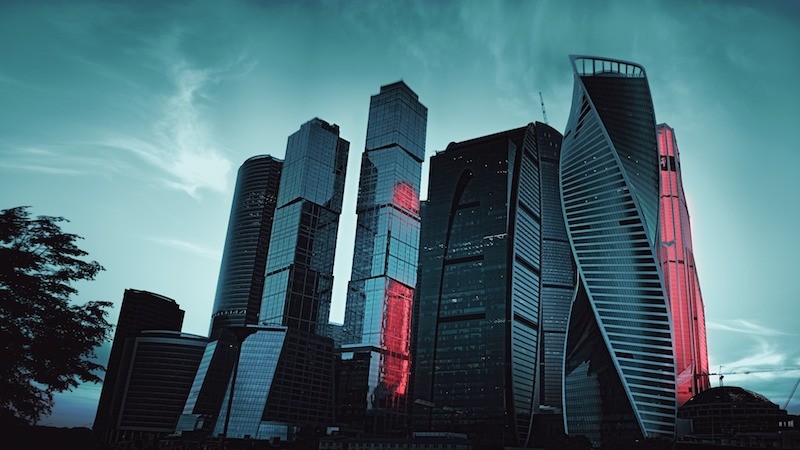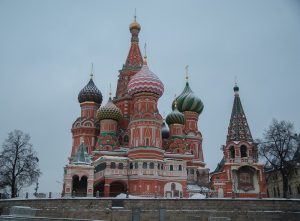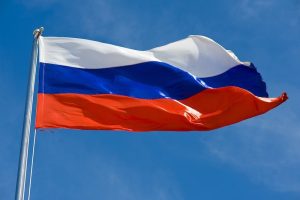According to a quote from Russian Prime Minister Vladimir Putin, “Russia is among the top five economies with the greatest potential for attracting foreign direct investment.” The jurisdiction offers several legal vehicles for incorporation which feature reduced liability and tax incentives.
Benefits of Russian Company Formation
Tax Incentives
Russia offers various tax incentives. This makes it an attractive jurisdiction for some foreign nationals seeking offshore incorporation in order to reduce their tax obligations. Russia offers a reduction in the profits tax rate from the standard 20% to 15.5%. The nation also provides a property tax exemption. Additionally, many regions offer specific tax benefits from investment projects.
Russian law allows for deductions from income chargeable to profits tax for companies incurring qualifying capital expenditures. There are also several special tax regimes, like Cayman Islands company formation, which allow for a 0% profits tax rate among other benefits. These include regional investment projects, special investment contracts, and territories of advanced social and economic growth.
Companies which participate in the Skolkovo Innovation Center may avail themselves of 10-year tax holidays. A 0% profits tax rate is applicable to companies providing a range of educational and medical services. In order to stimulate innovation, a 150% deduction on profit taxes is available to all companies with qualifying R&D expenditures.
Low Shareholder Minimum
The majority of Russian legal vehicles allow for incorporation with just one shareholder or participant.
Easy Withdrawal
Provided that a company’s charter includes provisions to do so, it is easy for shareholders or participants to withdraw from a Russian company and sell their interest.
Shelf Companies
It is possible under Russian law to purchase shelf companies which help to expedite the process of incorporation.
Access to European and Asian Markets
Russia is strategically located between Europe and Asia. The nation has strong diplomatic ties with numerous countries in both regions. As a result, it makes an excellent choice of jurisdiction for those looking to do business with either European or Asian markets.
Russia Company Types
Limited Liability Company (Obshchestvo s ogranichennoi otvetstvennostyu or OOO)
The Obshchestvo s ogranichennoi otvetstvennostyu, or OOO, is the Russian version of a limited liability company. The OOO is the most flexible legal vehicle for incorporation available in Russia. It is subject to the fewest number of regulations of all the Russian corporate forms. As a result, the OOO is the most popular form of incorporation for wholly owned subsidiaries. This includes those which are owned by foreign investors.
Capital contribution is the determining factor in the owners’ equity participation in an OOO. The capital of an OOO is divided into “units”. Because an OOO does not issue shares, it falls outside the scope of Russian securities laws. Those with a vested interest in an OOO are referred to as “participants.” Generally speaking, an OOO’s participants contribute to the company’s charter capital. However, it is also possible for participants to finance their interest in the company by contributing to the company’s property.
The minimum charter capital of an OOO is RUB 10,000, or roughly US$ 330. Participants have pre-emptive rights over units offered for sale by other participants. The number of participants in an OOO may not exceed 50.
Laws went into effect in July of 2009 which were designed to improve the legal status and regulation of OOO’s. The laws made it so that the sole foundation document of an OOO is its charter. This was designed to eliminate ambiguities which came from the use of Foundation Agreements. The laws also made it so that participants may not withdraw from the OOO unless they are explicitly permitted to do so under the company’s charter. Additionally, the laws require the charter to stipulate the basis for transferring shares. They also require the maintenance of a register of participants and their holdings.
Open Joint Stock Company (Otkrytoe aktsyonernoye obshchestvo or OAO)
The Otkrytoe aktsyonernoye obshchestvo, or OAO, is the Russian version of an open joint stock company. An OAO may have an unlimited number of shareholders. This form of incorporation is subject to extensive disclosure requirements. It is the only form of incorporation in Russia in which shares may be openly traded. In this regard, it is similar to a western “public” company. The minimum share capital required for the incorporation of an OAO is RUB 100,000. This is equivalent to roughly US$ 3,300. OJSC’s which have more than a prescribed number of shareholders are subject to additional obligations.
Closed Joint Stock Company (Zakrytoe aktsyonernoye obshchestvo or ZAO)
Zakrytoe aktsyonernoye obshchestvo , or ZAO, are the most common type of joint stock company in Russia. This type of corporation is limited to a maximum of 50 shareholders. In a joint venture, the ZAO is usually the preferred legal vehicle for incorporation among minority shareholders. This is because ZAO’s provide more rights for minority shareholders than the OOO form of incorporation.
The main difference between a ZAO and an OAO is that shares in a ZAO may only be distributed amongst the company’s founders or a predetermined group of people. They may not offer their shares to the public. If a closed joint stock company has more than 50 shareholders, it should be converted into an open joint stock company within one year. The minimum share capital requirement for a ZAO is RUB 10,000 or roughly US$ 330. Shareholders have first purchase rights on shares being offered up for sale by another existing shareholder.
Joint Activity Agreements
Joint activity agreements are the Russian equivalent of a partnership. They are not considered to be their own legal entities. Joint activity agreements represent the pooling of assets in order to conduct business which is common between the partners. The joint activity agreement must appoint one of the partners as the party responsible for bookkeeping and reporting.
Branches and Representative Offices
Under Russian law, both branches and representative offices are considered to be subdivisions of a foreign legal entity. They are located in a place other than the head office of the foreign legal entity. They may hold assets for the legal entity which created them. They may also act on the basis of regulations approved by the legal entity of which they are a subdivision.
Branches and representative offices are entitled to perform different activities under Russian law. Representative offices are only allowed to represent the legal entity of which they are a subsidiary. They are not permitted to carry out commercial activities. They may undertake activities of a non-commercial nature, such as marketing or market research. A branch, in contrast, may perform all of the functions of the legal entity which it represents.
One important difference between branch offices and representative offices surrounds the issue of migration. Branch offices are allowed to hire employees under the simplified migration regime for highly qualified specialists. Representative offices are not permitted to hire employees under this regime.
Russia Background
Russia is located in North Asia bordering the Arctic Ocean. The nation extends from the portion west of the Urals in Europe to the North Pacific Ocean. Russia is approximately 1.8 times the size of the United States. According to the July 2017 Russian census, Russia has a population of 142, 257, 519. The national language is Russian.
Russia’s economy has undergone significant transformations since the collapse of the Soviet Union. The nation has moved from a centrally planned economy to a more market-based system. Economic reforms enacted in the 1990’s privatized the majority of Russian industries. The major exceptions to this rule are the energy, transportation, banking, and defense-related sectors. These sectors are still controlled by the state. Russia is still known for having weak property rights. Additionally, the state is known to frequently interfere with the free operation of the private sector. Russia remains a primarily statist economy. The majority of wealth is concentrated in the hands of government officials and their associates.
Russia is one of the world’s largest producers of oil and natural gas. It is also a top exporter of metals, including steel and primary aluminum. Russia is heavily affected by the movement of world commodity prices. The nation’s reliance on commodity exports makes it vulnerable to boom and bust cycles. These cycles may be attributed to the volatility in swings of global commodities prices.
As oil prices saw a steady increase from 1998-2008, Russia experienced an average real growth rate of 7% during the same period. After 2008, the exhaustion of Russia’s commodity-based model of growth saw a decline in the nation’s economic growth rate. In 2015, falling oil prices, international sanctions, and structural limitations caused Russia to plummet into a deep recession. During that year, the nation’s GDP fell by nearly 2.8%. 2016 saw this trend continue with the nation’s GDP being reduced by an additional 0.2%. However, world demand for Russian exports increased in 2017. The nation’s real growth rate for that year was 1.8%. Recently, the Russian government has been promoting import substitution practices. They have been doing so in an effort to move the Russian economy away from extractive industries.





